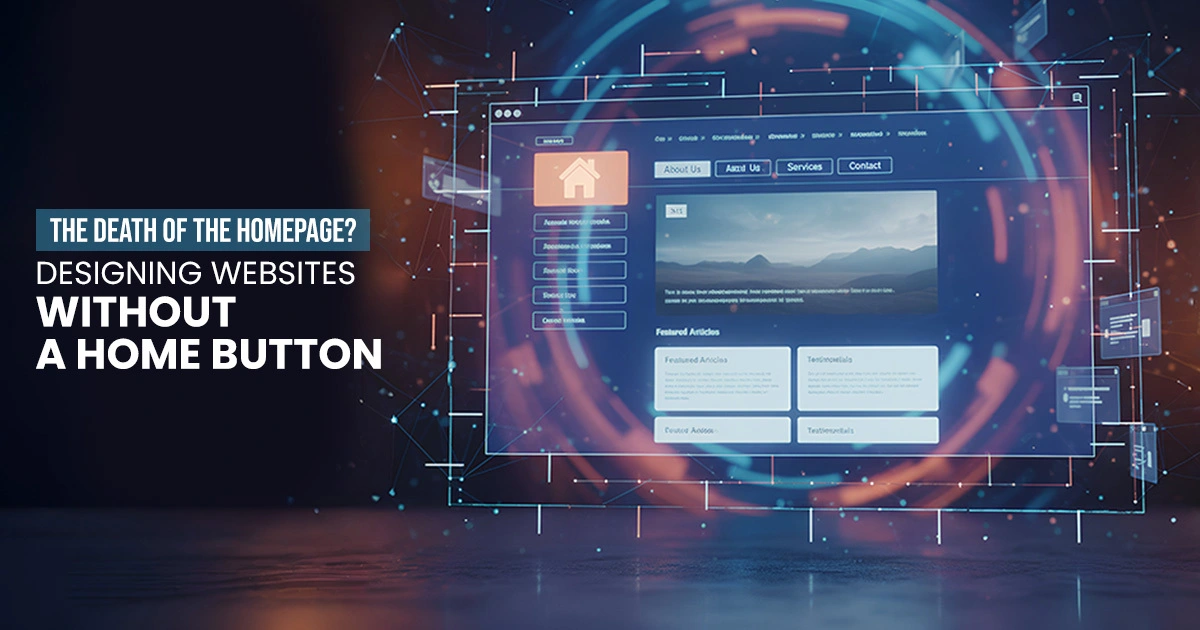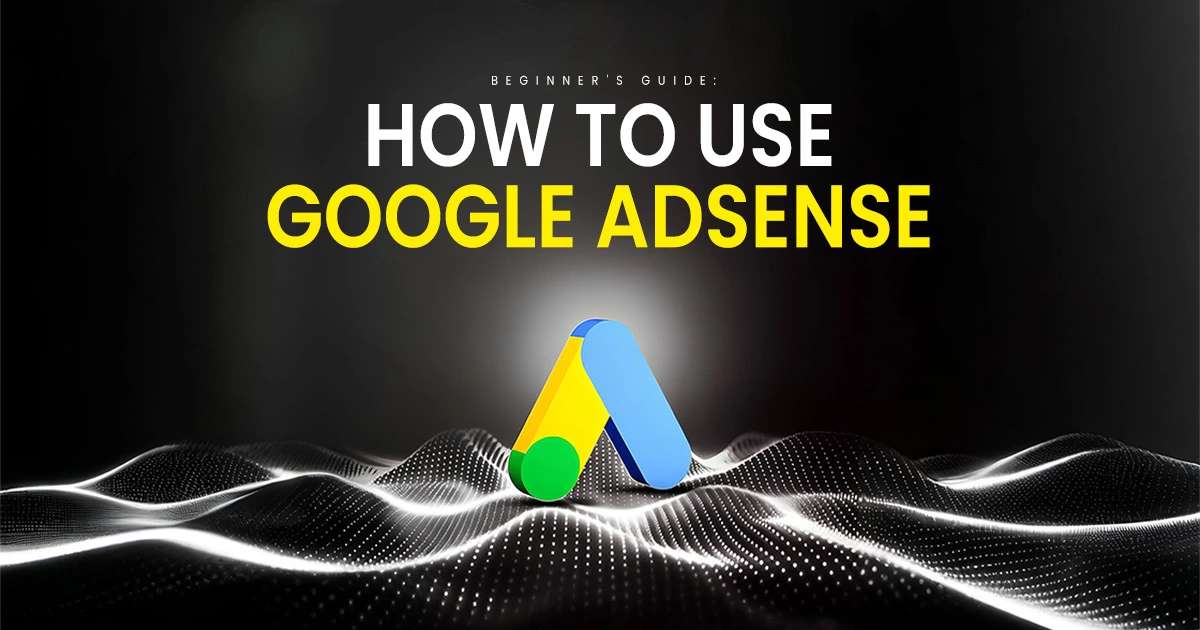When was the last time you actually clicked a “Home” button on a website?
If you’re struggling to remember, you’re not alone. The traditional homepage that digital welcome mat we’ve all taken for granted for decades is quietly fading into the background. Some of the most innovative brands out there are ditching it entirely, and honestly? Most users don’t even notice.
This isn’t just some edgy design trend that will disappear next quarter. There’s real thinking behind it, rooted in how people actually use websites today versus how we assumed they would back in the early 2000s. Let’s dig into why the homepage might be dying, whether that’s actually a good thing, and what it means if you’re building or redesigning a site right now.
Why the Traditional Homepage Is Losing Its Grip
Think about how you found this article. Through a search engine, social media link, or someone shared it directly. You didn’t land on Emeralds Media’s homepage, scroll through a bunch of featured content, and then decide to read this. You came straight here because this is what you were looking for.
That’s exactly the problem with homepage-centric design. We built websites assuming everyone would enter through the front door, tour around politely, and explore our carefully curated navigation. Reality check: nobody does that anymore.
Modern web design has to accept that users are coming from everywhere: blog posts, product pages, portfolio pieces, and landing pages designed for specific campaigns. The homepage is just one of many possible entry points, and often not even the most important one. When you’re working on user journey optimization, you realize pretty quickly that forcing everyone through a homepage creates friction instead of flow.
What Does “No Homepage” Actually Mean?
Let me clarify something before you think I’m suggesting websites should just be a chaotic mess of random pages floating in the void.
A “no homepage” approach doesn’t mean you literally delete your root URL. It means you stop treating that page like it’s the center of the universe. Instead of designing your entire site around people starting there, you design it so users can enter anywhere and still have a coherent, valuable experience.
Some brands take this further by making their root domain redirect directly to their most important conversion page, maybe it’s a product, a signup form, or their latest work. Others keep a minimal landing page that acts more like a directory than a traditional homepage. The point is the same: stop pretending everyone’s journey starts at the same place.
The UX Case for Killing the Home Button
Here’s where things get interesting from a UX design trends perspective.
When you have a prominent “Home” button, you’re making an assumption: that users might get lost and need a reset button to start over. But good website navigation shouldn’t require an escape hatch. If people are constantly clicking “Home” to figure out where to go next, your navigation is broken, not your lack of a homepage.
Progressive web apps and single-page applications have already been moving away from traditional page-to-page navigation. Users scroll, content loads dynamically, and the whole experience feels more like using an app than browsing a website. In that context, a home button feels as outdated as a physical keyboard on a smartphone.
Plus, let’s be real about mobile usage. On a small screen, every navigation element you add is competing for precious space. If that home button isn’t actually helping users accomplish their goals, why is it there? Just because we’ve always done it that way?
When Ditching the Homepage Makes Sense (And When It Doesn’t)
Before you go ripping out your homepage, let’s talk about when this approach actually works.
It makes sense for:
- Portfolio sites where your work is the main attraction
- SaaS products where you want people jumping straight into the value proposition
- Content-heavy blogs where readers are coming for specific articles
- E-commerce stores focused on driving people to products, not brand storytelling
It probably doesn’t make sense for:
- Large organizations with diverse audiences that need orientation
- Brands where storytelling and mission are central to conversion
- Sites with complex services where users need education before diving deep
- Businesses are still building awareness and need that “what do you do” page
The key is understanding your audience’s actual behavior, not what you wish their behavior were. Look at your analytics. If 80% of your traffic is landing on internal pages and your homepage has a sky-high bounce rate, that’s data telling you something.
Real Talk: What This Means for Your Design Choices
Navigation needs to be contextual. Instead of the same header menu everywhere, consider what makes sense for each section. Someone reading a blog post might want related articles, not your full services menu. Someone on a product page needs purchase options, not your company history.
Internal linking becomes critical. Without a central homepage hub, you need strong connections between related content. Every page should offer clear next steps that make sense for someone who landed there first.
Your logo doesn’t have to link to the home. Controversial, I know. But maybe it links to your main service page, or your blog index, or wherever makes the most sense for your business model. The web design rulebook isn’t sacred; it’s just habits we’ve collectively agreed on.
Search and filtering get way more important. If users can’t rely on a homepage to orient themselves, they need other ways to discover content. Good search functionality stops being a nice-to-have and becomes essential.
The Bigger Shift This Represents
This homepage debate is really about something larger: the move from destination websites to distributed content experiences.
People don’t bookmark your homepage anymore. They don’t type your URL into their browser bar. They discover you through various channels, including search engines, social media, applications, and many other entry points. Your website isn’t a place people visit; it’s a network of interconnected pieces they encounter wherever they are.
Once you accept that, designing without a dominant homepage starts making a lot more sense. You’re not building a house with a front door anymore. You’re building a city with multiple access points, and each one needs to be welcoming and useful on its own.
Is the Homepage Actually Dead?
Not quite. But it’s definitely on life support.
The more accurate take is that homepages are evolving. They’re becoming less important as central hubs and more important as first impression opportunities for the minority of visitors who actually see them. For everyone else entering through other pages, homepage design matters less than making sure every possible entry point is optimized.
Don’t automatically use the traditional homepage structure just because that’s what websites are “supposed” to have if you’re redesigning a site or starting from scratch. What do my users really need? What do they really do? What do I want people to do most of all? Does sending everyone to a homepage help or hurt that goal?
At Emeralds Media, we’ve seen amazing results when clients stop worrying about making their home page perfect and start improving the pages where real engagement happens. Sometimes that means completely rethinking the homepage. Sometimes it means keeping one but putting it lower on your list of design priorities.
It depends on your business, your audience, and your goals. But we should ask ourselves, do we really need a traditional homepage? This is something that all modern brands should do.
The truth is that your users have already stopped caring about your homepage. The only thing left to ask is if your design plan has caught up with them yet.
Frequently Asked Questions
1. Is the old-fashioned homepage really going out of style?
Yes. Search engines, social media, and shared links are now the most common ways for users to get to internal pages, not the homepage of a website.
2. Why are some companies getting rid of the Home button?
Because modern navigation and user experience make a “reset” button less necessary. Good design naturally leads users where they want to go without making them go back to the homepage.
3. Does removing the homepage mean deleting the root URL?
No. It just means that you shouldn’t use the homepage as your main way to get to the site. No matter where a user lands, they should have a full experience.




